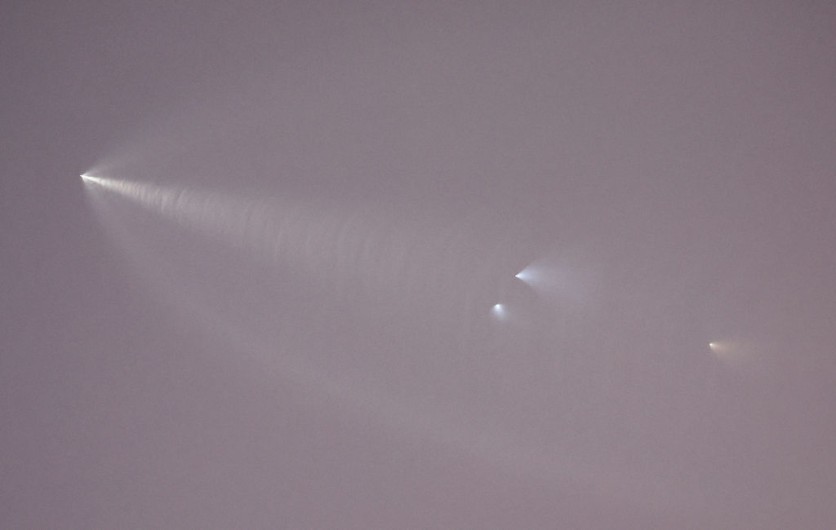SpaceX may begin launching second-generation Starlink satellites to increase the capacity of its growing internet network this month, as reported first by Space News.
The space company stated in regulatory documents made on December 16 with the Federal Communications Commission that it plans to start launching Gen2 satellites "before the end of December 2022."

Special Temporary Authorization
The business is requesting a special temporary authorization (STA) from the FCC for a period of 60 days in order to connect current user terminals to forthcoming satellites in non-geostationary orbit (NGSO).
If STA approves the request, it would give the green light for SpaceX to begin offering the next-gen services while the FCC processes its application for long-term clearance.
According to SpaceX, receiving the STA would enable customers to enjoy the enhanced GSO system's greater capacity for low-latency broadband services as soon as its satellites are put into orbit.
SpaceX tweeted on December 19 that Starlink now had over one million active subscribers, a significant increase from the 250,000 it had in March.
More than 3,600 Starlink satellites have been launched by SpaceX using Falcon 9 rockets to date. It is projected that 3,300 of the 4,408 Gen1 satellites allowed by the FCC are still in orbit.
The FCC gave Starlink partial permission to use 7,500 of the almost 30,000 satellites in its intended Gen2 network on the first day of December.
SpaceX hopes to use Gen2 to bring new capabilities, including direct-to-smartphone services, as well as extra capacity for current Starlink users.
But as of now, the FCC is still looking at SpaceX's overall plan to significantly extend the Gen2 constellation, as per Space News.
Radio Frequency Beacons
The regulator also postponed a ruling on SpaceX's proposal to equip Gen2 satellites with tiny radio frequency beacons, which the company claims will increase the safety of the satellites by performing specialized telemetry, tracking, and command (TT&C) activities.
In a different regulatory filing, SpaceX revealed more information about the beacons, including how they could be used to track and stay in touch with Gen 2 satellites during orbit raising and harsh space weather.
According to SpaceX, the beacons would be able to communicate telemetry tracking messages once every 100 seconds on average.
In a letter to the FCC dated December 15, SpaceX senior director of satellite policy David Goldman explained that once the satellites are in their intended orbit, the beacons will be turned off and only reactivate upon order in emergency cases.
To deploy Gen2, SpaceX intends to employ Falcon 9 rockets and its future Starship heavy-launch vehicle. Gen2 satellites will be launched by the firm at least once a week, with plans to expand this frequency.
Related Article : Elon Musk Says Article Saying SpaceX is in Funding Talks Valuing the Company at $150 Billion is False

ⓒ 2026 TECHTIMES.com All rights reserved. Do not reproduce without permission.




